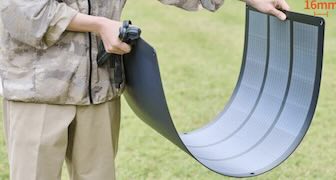Aug 04 (ptvnews.ph) - Japan’s health ministry has approved the use of a smallpox vaccine believed to be effective against monkeypox.
The smallpox vaccine approved by the ministry is thought to be 85 percent effective against monkeypox, health officials said.
The move came after Japan confirmed two cases of the disease in late July in men in their 30s, who had both traveled overseas, and the government announced preemptive measures to prevent the spread of the disease.
As for treatment, the health ministry is looking into a medication called tecovirimat, which is an oral medication also used to treat smallpox.
Symptoms of the tropical disease, spread through close physical contact, are similar to those of smallpox and include fever, extensive rashes, skin lesions and swollen lymph nodes, following an incubation period of five to 21 days, health officials here said.
The health ministry also said it is creating a system whereby local health authorities will be able to test for monkeypox and is urging further domestic cases of the disease to be promptly reported. ...continue reading















